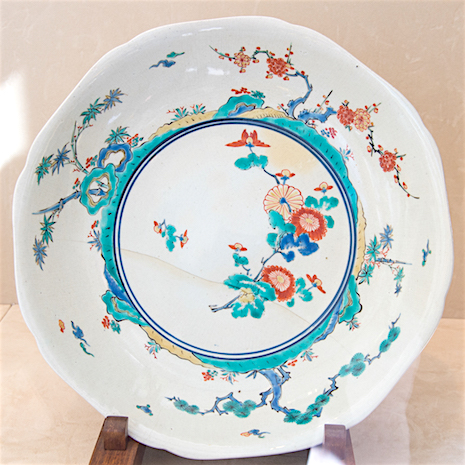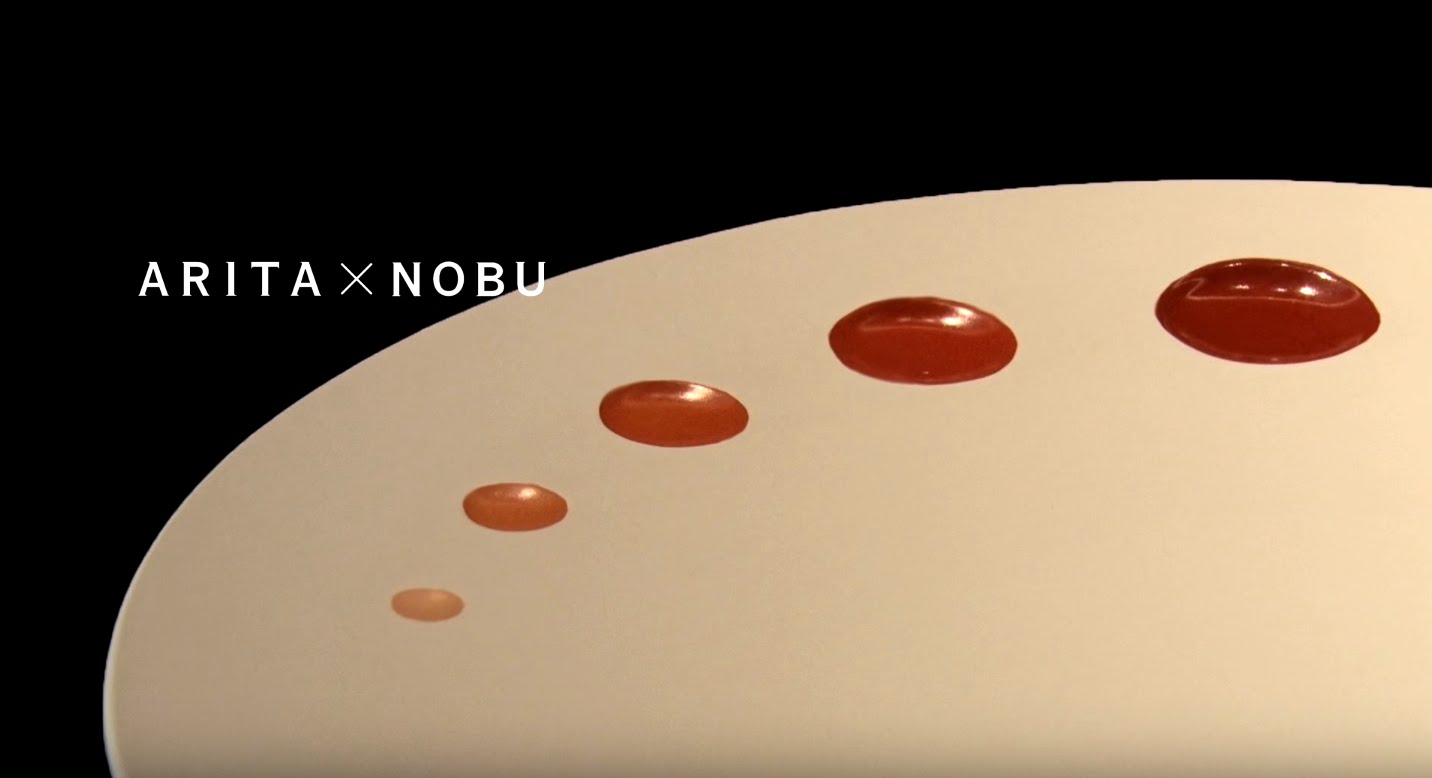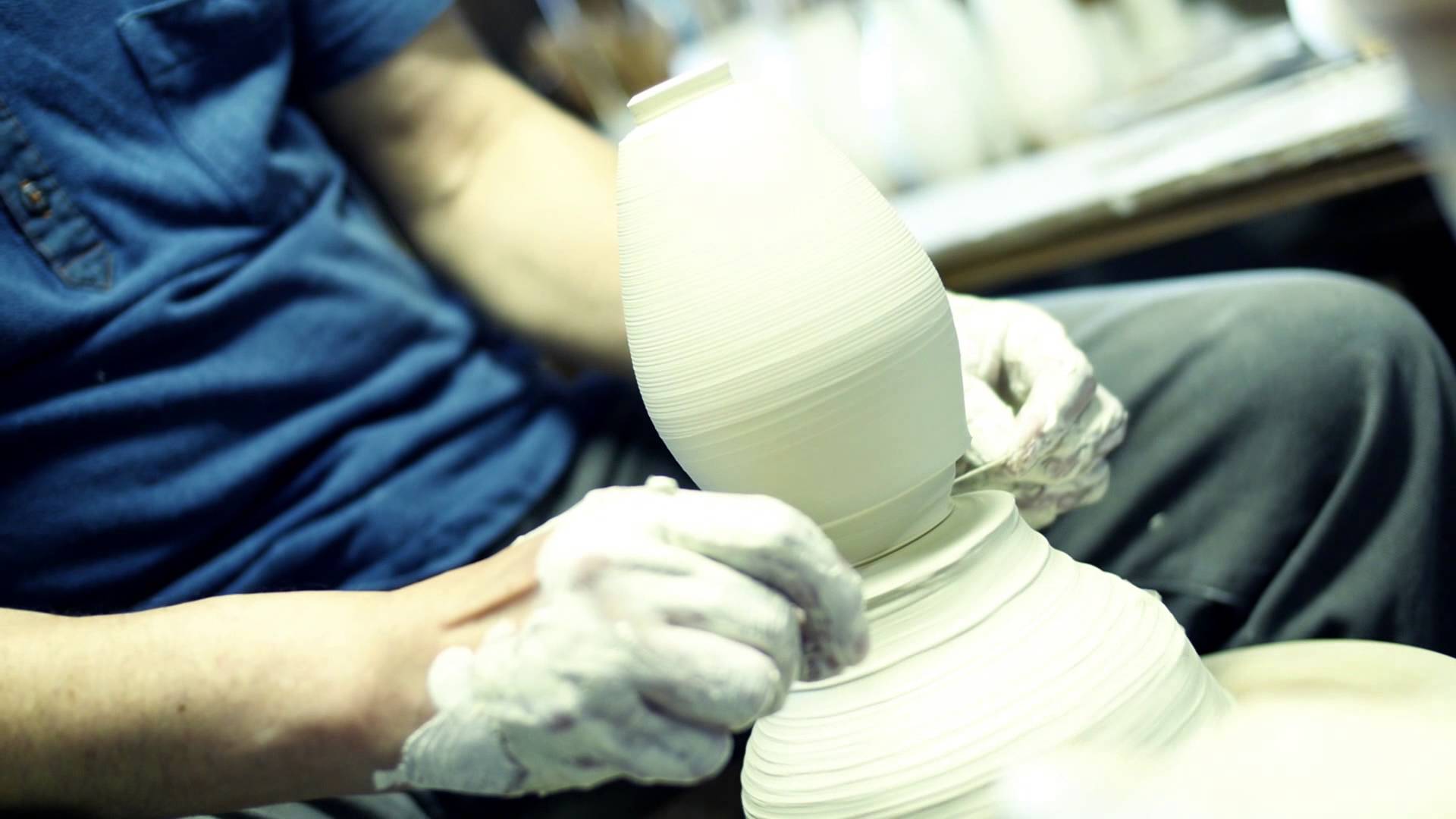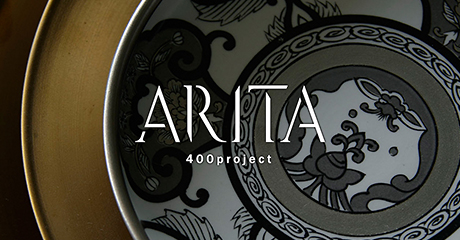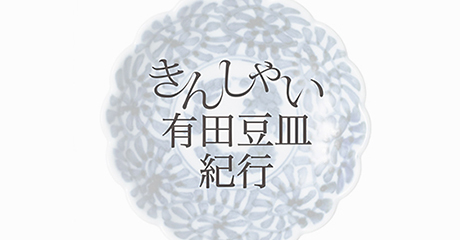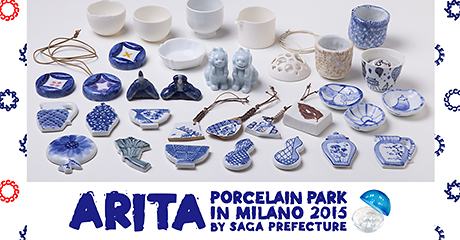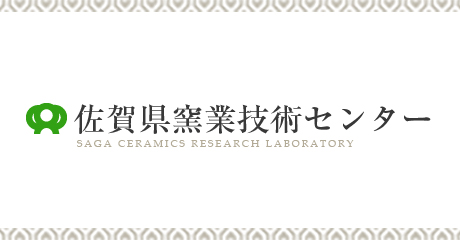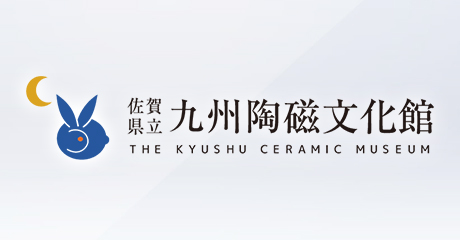1646: Success of akaetsuke (overglaze enamel decoration)
By the middle of the 17th century a profitable porcelain industry was well established, and the Nabeshima domain felt confident to considerably increase the unjo-kin business tax. The potteries were obviously affected by the tax hike, but business and profits were large enough to absorb this addition to overheads. At that time, porcelain ware was shipped from Imari, a port about 10 km from Arita Town. Imari port was a meeting place for wholesale merchants from all over the country, such as dealers from Niigata, Ashiya in Chikuzen Province, Minoshima in the Kishu region, along with the cargo-ship hiring merchants of Omi Province. The local Imari merchants purchased porcelain products to fulfill orders received from merchants in other regions. To actually pack and transport the goods from Arita to Imari, merchants hired nishi (packers) and ninya-anin (porters).
To actually transport the goods from Arita to Imari, merchants hired nishi and ninya-anin; the nishi were workers with the skills to carefully wrap and pack the fragile ceramics with straw to prevent any breakages, and the ninya-anin were porters who carried the packages on foot. A typical day would find 50 or so ninya-anin carrying their loads along the road between Arita and Imari.
In the midst of the steadily growing demand for porcelain and the spread of Arita porcelain ware into daily life, it was the phenomenal success of akaetsuke (overglaze enamel decoration) that really propelled Arita porcelain onto the world stage.*1 An Imari merchant, Higashijima Tokuzaemon played a key role in this development. In the Akae Hajimari no Oboe (Notes on the Origin of Overglaze Enamel Decoration), handed down in the Sakaida family from the time of the first Sakaida Kakiemon, known as Kizaemon, it is recorded that he was the first potter to succeed in producing this style of decoration, and the following description is found:

“In Nagasaki, Higashijima Tokuzaemon paid a large sum to a Chinese artisan to teach him the overglaze enamel decoration technique, and he passed on the skills to Kizaemon.”
The text continues: “In response to a request, Kizaemon tried akaetsuke technique, but made a poor start,” and “Later, Kizaemon figured out a good way and succeeded in akae decoration with Gosu Gonbei.” Gosu Gonbei is considered to be a Japanese or possibly Chinese potter, but it is by no means certain.
Around that time, in China the Qing dynasty (1644-1912) had established itself, but fighting was still continuing against the deposed Ming dynasty (1368-1644) forces. The southern coastal area was highly contested and such military activity disrupted ceramics production and export from Jingdezhen, the world’s largest ceramics producing area. After taking into account the turbulent social disturbances in China, and the fact that the production techniques of Arita porcelain all adopted the Chinese methods, as seen in kiln filling, thread cutting, and ink resist decoration, as well as the overglaze enamel decoration technique, there is the distinct possibility that potters formerly employed by the Ming dynasty had made their way to Arita.*2
- *1 “Izumiyama Journal,” blog of History and Folklore Museum of ARITA
Since “in Arita the term iroe (overglaze enamel decoration) was practically a forbidden word,” when the term akae (literally red enamel decoration) is used, it actually refers to iroe. Overglaze painters are called akae-ya, the kilns used are called akae-gama, and a place where akae-ya gather is called akae-machi. - *2 Koji Ohashi (former Director, present honorary advisor of the Kyushu Ceramic Museum in Saga Prefecture), “Ceramics that Sailed Across the Sea,” 2004, Yoshikawa Kobunkan
